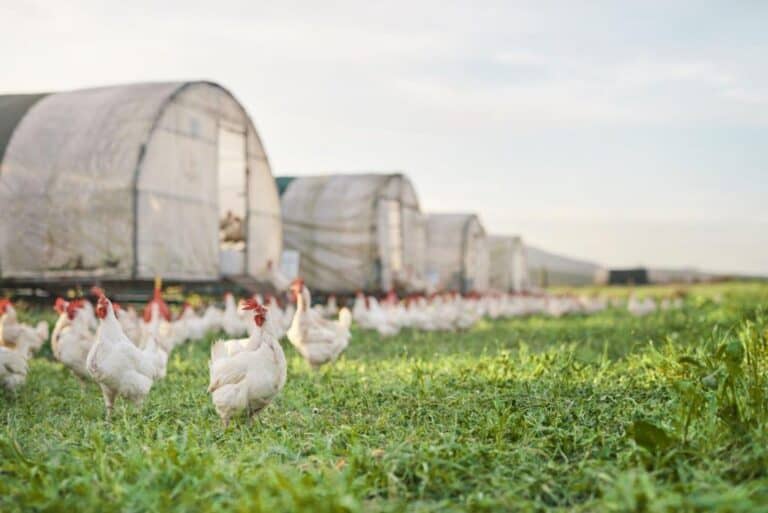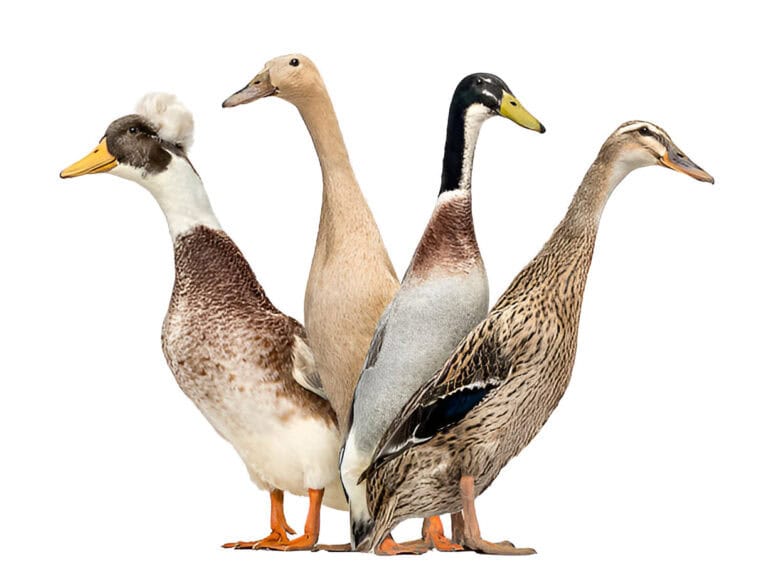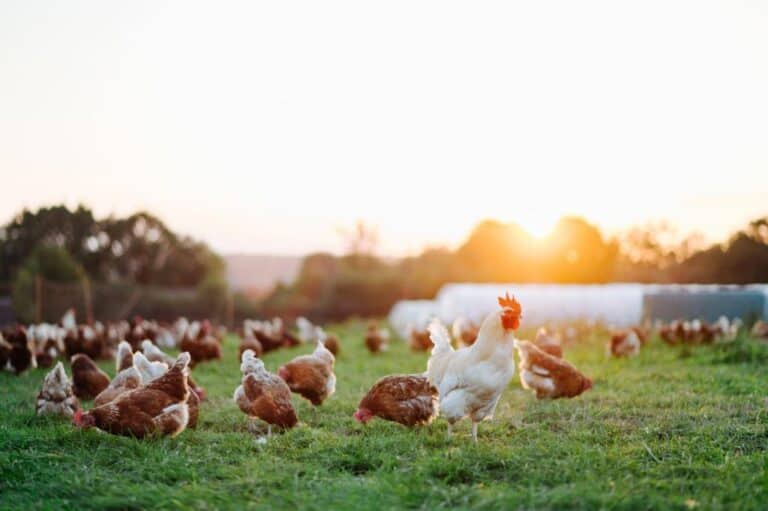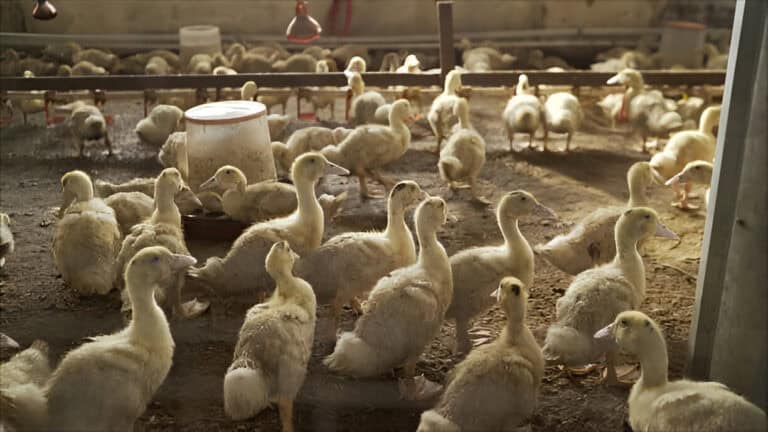Raising Ducks in Your Backyard: Do You Really Need a Pond?

I remember the first time I considered raising ducks in my backyard. Ducks are charming creatures, and the idea of having a small flock waddling around seemed like the perfect addition to my little farm. But there was one thing I kept hearing from other duck owners: “You need a pond to keep your ducks happy.” This got me thinking. Was it really true? Do ducks absolutely need a pond, or can they thrive without it?
After doing some research, talking to a few experienced duck farmers, and testing it out myself, I’m here to answer that burning question.
Ducks and Water: What’s the Big Deal?
Ducks and water go hand in hand—it’s almost like peanut butter and jelly. It’s part of their instinct and daily routine. Ducks naturally love water; it’s in their DNA. Whether it’s a pond, a kiddie pool, or a small stream, water gives ducks a space to bathe, forage, and stay cool. Water is also essential for maintaining their feathers, helping them keep clean and waterproof, which is key for survival.
However, ducks aren’t the drama queens some people make them out to be. Sure, they adore water, but they can still thrive in a backyard environment without a pond. Let me break it down and give you the lowdown on how you can raise happy ducks without turning your backyard into a mini swamp.
Why a Pond Is a Duck’s Dream Home
Before we dive into the pond-less possibilities, let’s take a moment to acknowledge why ducks love ponds in the first place.
- Natural Behavior: Ducks naturally seek water to forage, swim, and bathe. A pond provides them with space to express their instinctual behaviors. They get to play, dabble in the water, and even dive for food like aquatic plants or small critters.
- Feather Care: Ducks rely on water for preening their feathers. They coat their feathers with a special oil from a gland near their tail, and a good swim helps to distribute the oil evenly. Without this, their feathers could lose their waterproofing, and they might end up wet and chilled.
- Socializing: Ducks are social creatures, and ponds give them a perfect space to bond with their fellow flock members. Watching them dive and swim together is a delightful sight, and it can provide a strong sense of community within the flock.
But Here’s the Thing: Ducks Can Get By Without a Pond
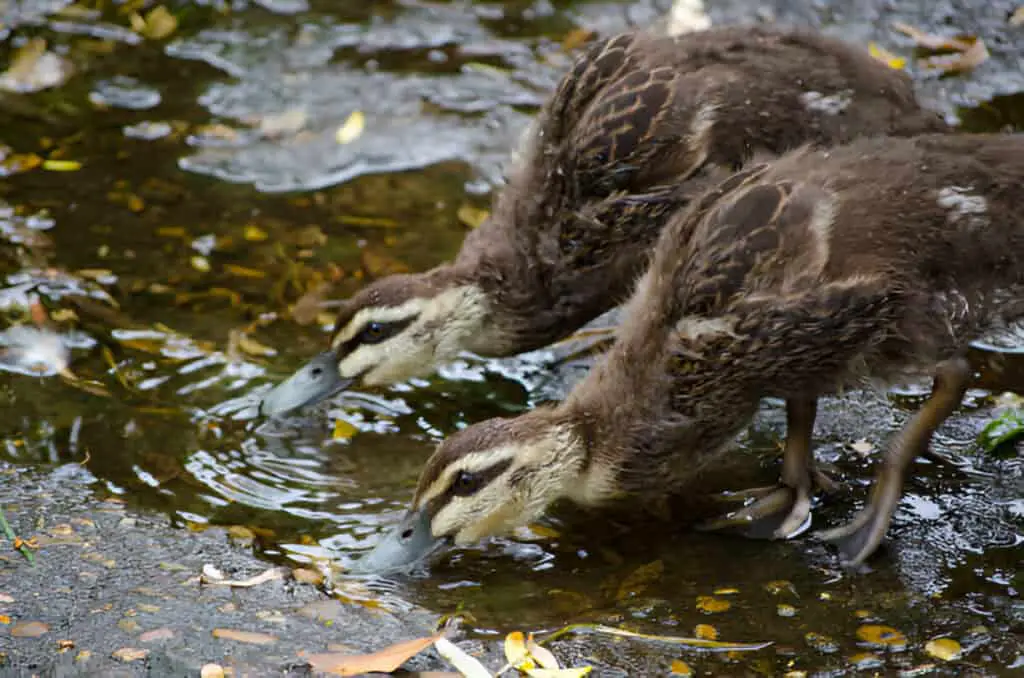
Now, you might be thinking: “Well, if ponds are such a big deal, maybe I should reconsider raising ducks altogether!” But hold your horses; ducks are adaptable little creatures. While a pond can provide a perfect oasis, it’s not the end of the world if you don’t have one.
Let’s look at what you can do to make your ducks comfortable and healthy, even without a big pond.
1. A Kiddie Pool Goes a Long Way
If you don’t have the space or resources for a full-fledged pond, a simple kiddie pool can do wonders. These pools provide enough space for ducks to swim and clean their feathers in the pond. You don’t need something fancy—just a low-cost plastic pool that you can easily fill and clean. Keep in mind that ducks love shallow water, so it doesn’t need to be deep.
2. Create a Watering Station
Even without a pond, ducks need water for drinking and bathing. You can create a watering station using a large plastic container or even a shallow basin. Ducks will use this for both drinking and dipping their heads to clean their beaks. It’s a mini version of what they’d find in a pond. It’s simple, cheap, and doesn’t require much space. A small area where they can splash around will keep them just as happy.
3. Make It Interesting with a Duck Run
A duck run is a great alternative if you don’t have a pond but want your ducks to get out and stretch their legs. You can set up a secured area where they have room to wander, forage, and get some exercise. To keep things interesting, you could place water-filled containers (or even water tubs) within the run for your ducks to play around in. Add some plants and grass for them to nibble on, and you’ve got a happy, healthy setup.
4. Build a DIY Duck Pond (Sort of)
If you have a bit more space and time, you can create a small, self-contained duck pond without turning your backyard into a swamp. A simple DIY pond can be created using a rubber liner, some gravel, and a small pump to keep the water circulating. This will allow your ducks to swim and clean themselves while maintaining easy maintenance. Plus, you’ll get to enjoy the beauty of watching them paddle around.
Pond vs. No Pond: The Pros and Cons
Let’s break it down in a quick pros and cons table to help you weigh your options when it comes to deciding whether or not you need a pond for your ducks.
| Pond | No Pond |
| Ducks can swim and bathe naturally. | Ducks can still be happy in a kiddie pool or watering station. |
| Provides a natural environment for ducks to forage. | Easy to maintain—no need for a large water source. |
| Enhances the aesthetic appeal of your backyard. | Less space required, so great for smaller backyards. |
| Requires cleaning and maintenance. | Easier to manage water changes and cleanliness. |
As you can see, both options have their benefits and challenges. The key is finding what works best for you and your ducks’ lifestyle.
How Many Ducks Can You Have per Acre?
The number of ducks you can keep per acre depends on how you raise them—free-range, semi-confined, or fully confined. For free-ranging flocks with access to pasture and a pond, you can comfortably house about 50 to 100 ducks per acre. This allows for enough space for foraging, swimming, and grazing without overworking the land.
Here’s a helpful comparison:
| Raising Method | Ducks per Acre | Notes |
| Free-Range | 50–100 | Ideal for natural behavior and land health |
| Semi-Confined | 100–200 | Requires regular rotation and supplemental feed |
| Fully Confined | 200+ | Intensive system with higher maintenance |
Too many ducks in a small space can lead to muddy ground, nutrient overload, and stressed birds. If you plan to raise ducks long-term, rotating grazing areas and maintaining clean water sources keeps the land—and your ducks—healthy and productive.
How Much Meat Does a Duck Yield?
When it comes to duck meat, the yield can vary depending on the breed and size of the duck, but generally, you can expect to get a significant amount. A typical duck, like the Pekin breed, will yield around 4 to 5 pounds of meat when fully processed. This includes both the breast meat, which is the most sought after, and the darker leg and thigh cuts. The breast meat is particularly tender and flavorful, often considered a delicacy in many cuisines.
Here’s a rough breakdown of the meat yield:
- Breast Meat: Around 1.5 to 2 pounds
- Legs and Thighs: 1.5 to 2 pounds
- Wings: 0.5 to 1 pound
- Carcass (for stock): 1 pound
Keep in mind that ducks have a higher fat content compared to chickens, which adds richness to the meat but also means there’s more fat to remove. If you plan to cook the duck, you’ll likely want to render this fat for use in other dishes like roasting potatoes or making duck confit.
| Check out: What To Do With Duck Poop: Tips for Keeping Your Backyard Clean and Healthy |
What Is the Best Backyard Duck’s Breed?
When choosing the best duck breed for your backyard, several factors come into play, like personality, egg production, and ease of care. One of the most popular and versatile breeds is the Pekin duck. Known for their calm demeanor and fast growth, Pekins are often the go-to for families who want a stress-free, friendly duck for both eggs and meat. They’re hardy, easy to handle, and adapt well to various environments.
Another excellent choice for backyard flocks is the Khaki Campbell. This breed is famous for its impressive egg-laying ability—up to 300 eggs per year! They’re energetic, enjoy foraging, and don’t mind sharing space with other ducks. If you’re looking for a hardworking duck, the Khaki Campbell might be the perfect fit.
Lastly, if you’re after a more unique and ornamental breed, consider the Indian Runner. These ducks stand tall and are known for their playful, curious nature. They may be slightly more active but are still friendly and thrive in a well-kept environment.
When choosing a duck breed, consider your space, climate, and what you want from your ducks—whether it’s for eggs, meat, or just for the pure joy of watching them waddle around your yard!
The Bottom Line: Ducks Can Be Happy Without a Pond
In conclusion, ducks don’t absolutely need a pond to live happily in your backyard, but they do need access to water for bathing and drinking. You can make do with smaller alternatives like a kiddie pool, a watering station, or a DIY pond. As long as you provide clean, accessible water, your ducks will thrive.
If you have the space for a pond, it’s certainly a great luxury, but don’t let the lack of one stop you from raising ducks. With a little creativity and a good setup, you’ll have happy, healthy ducks without turning your yard into a swamp.
Happy duck raising!

